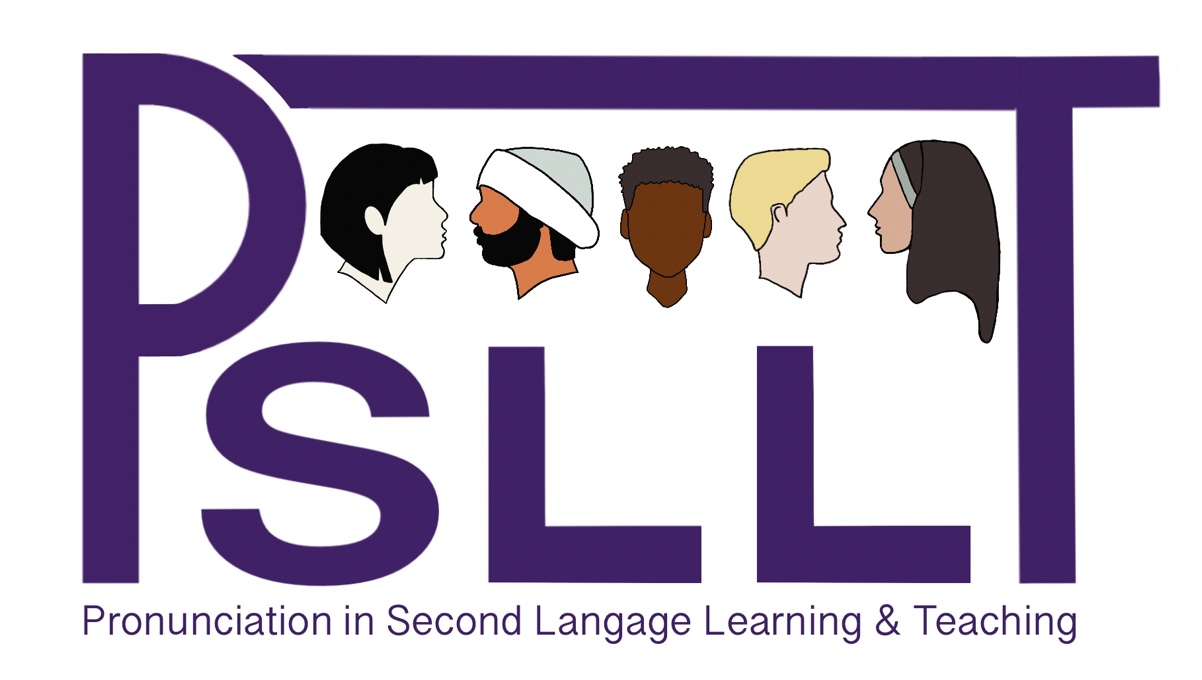Different Stress Patterns Meet: Kurdish L1 Speakers Learn Swedish
- Elisabeth Zetterholm (Linnaeus University)
- Mechtild Tronnier (Lund University)
Abstract
The Kurdish language is an Indo-European language spoken in different countries from a region in the Middle East. Many speakers of Kurdish have migrated to other countries, including Sweden, and it is a frequent L1 spoken in Sweden. More than 3000 students with Kurdish L1 were registered as adult learners of Swedish for immigrants in the year 2012 (www.scb.se). For L2 learners it is important to be aware of differences in phonology and prosody between L1 and L2 to reduce problems in direct communication. In Swedish, a stressed syllable is perceived through intensity, pitch and duration. The stress placement can change depending on the morphology. In compounds, the main stress is on the first element and a secondary stress on the last element. In Kurdish, on the other hand, stress is not correlated with length variation and stress is usually on the last syllable. Compounds only have one stressed syllable on the last element. The investigation of Kurdish L1 speakers learning Swedish as an L2 indicates potential problems with stress placements, which causes problems in communication since the stressed syllable serves as a perceptual anchor for a native listener.
How to Cite:
Zetterholm, E. & Tronnier, M., (2013) “Different Stress Patterns Meet: Kurdish L1 Speakers Learn Swedish”, Pronunciation in Second Language Learning and Teaching Proceedings 5(1).
Downloads:
Download PDF
View PDF
